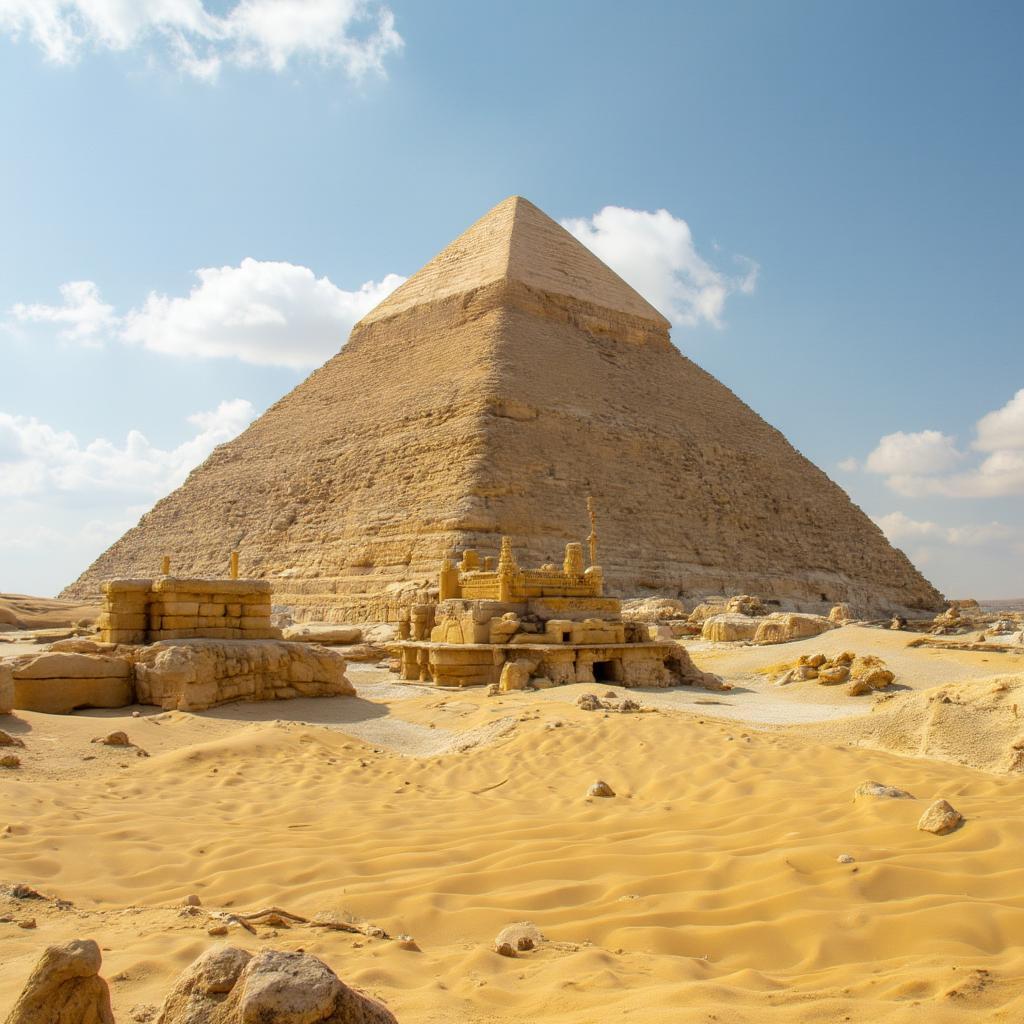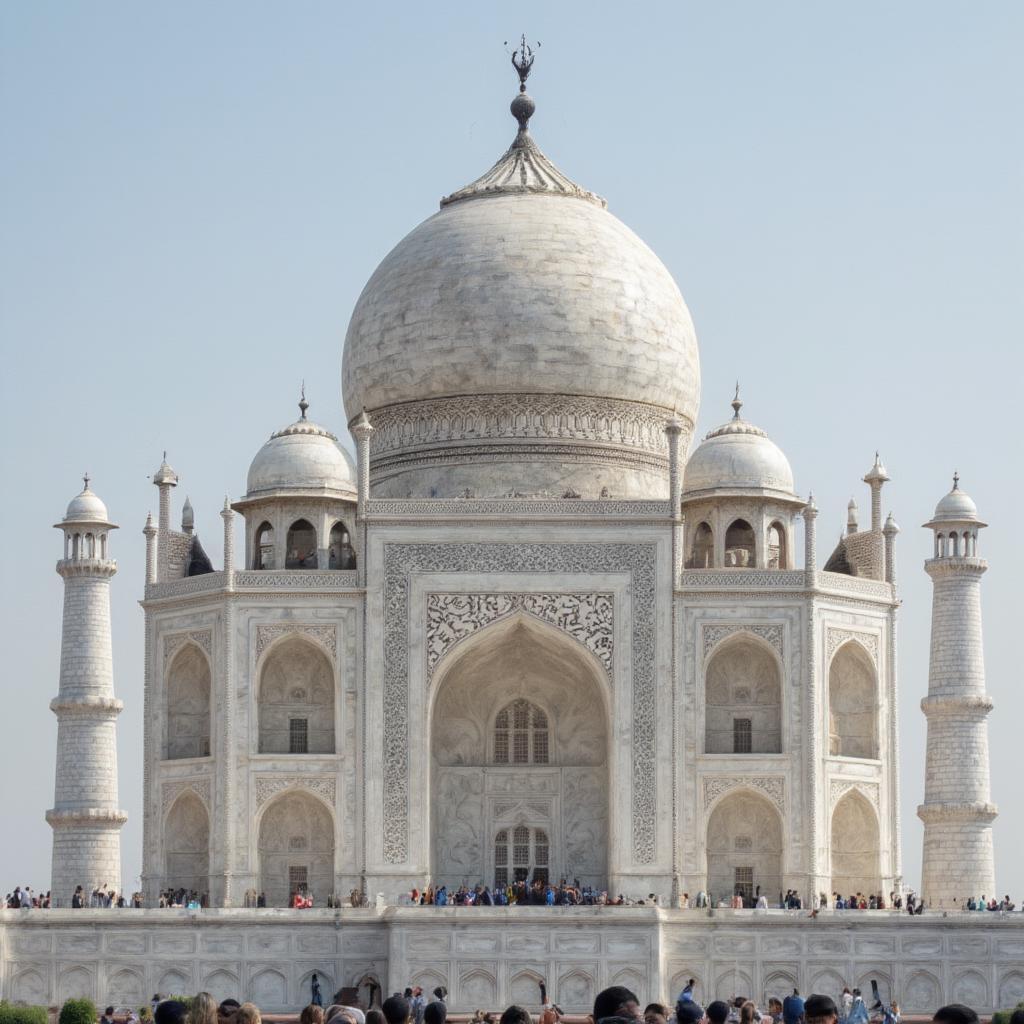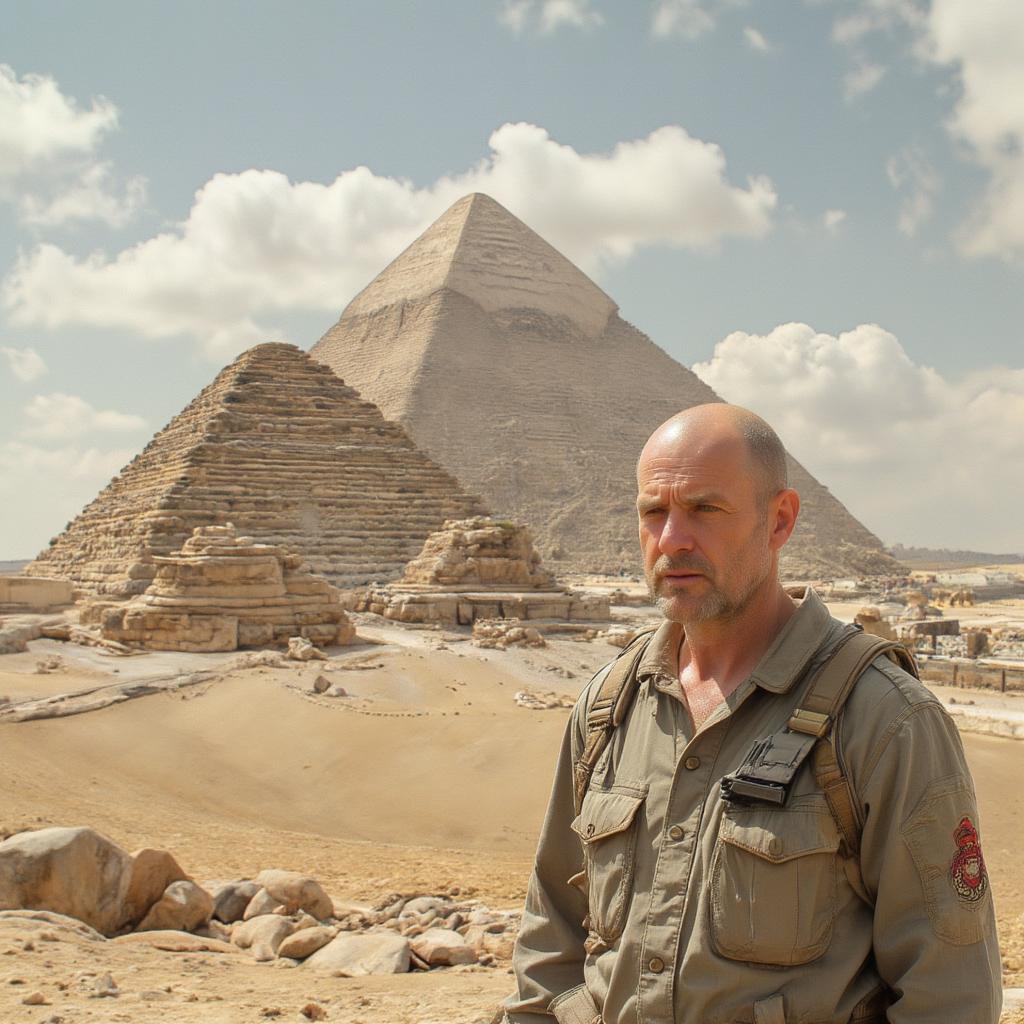Exploring the Old 7 Wonders of the World: Names, Histories, and Legacy
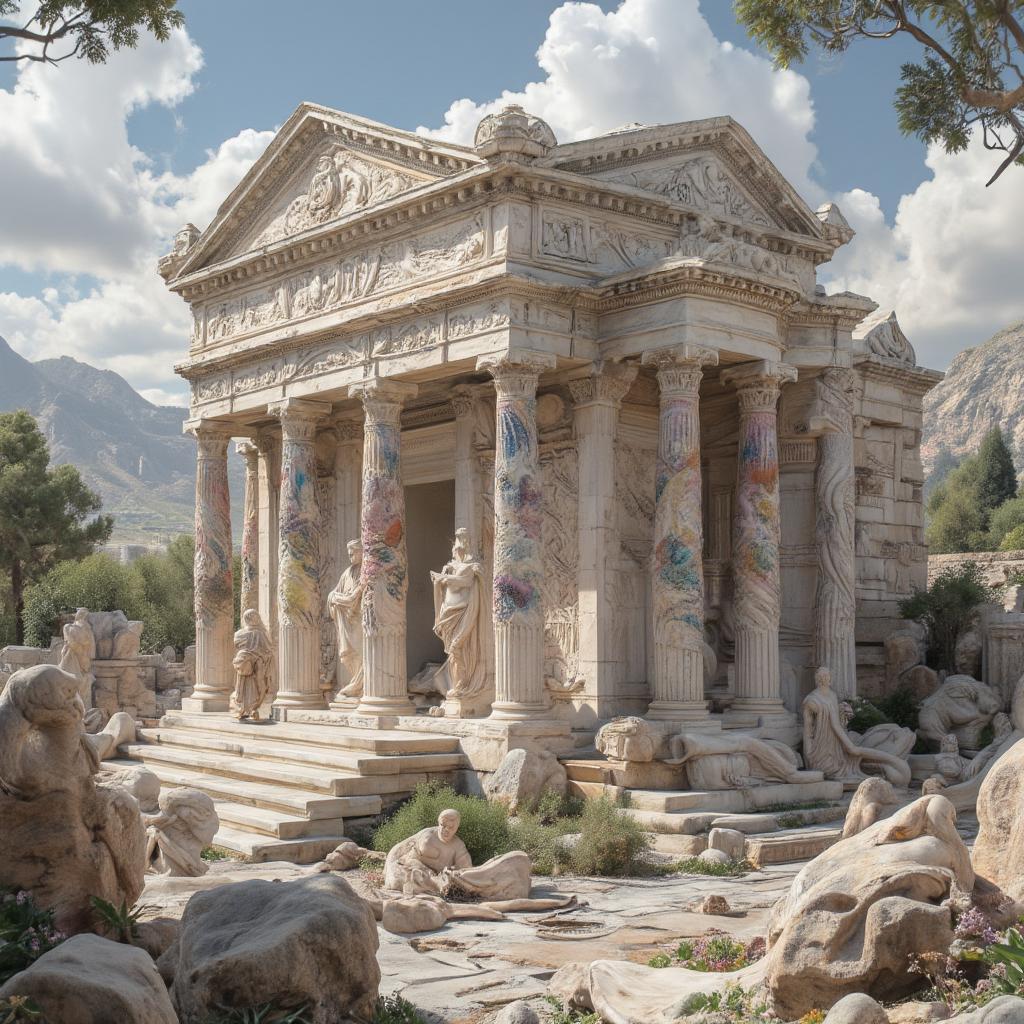
The ancient world held magnificent structures, celebrated as the original Seven Wonders. These marvels, largely lost to time, continue to captivate our imaginations. What exactly were these old 7 wonders of the world names in english, and what stories do they tell? Let’s embark on a journey to explore these breathtaking achievements of human ingenuity.
The concept of listing the greatest human-made wonders dates back to ancient Greek historians and travelers. These individuals compiled lists based on what they believed were the most impressive structures of their time. The list we know today as the “Old 7 Wonders of the World” primarily comprises structures located in the Mediterranean region and the Middle East, a testament to the power and influence of the ancient world. While only one still stands today, each of these wonders holds a place in the annals of history.
Unveiling the Names: The Seven Ancient Marvels
So, what are the old 7 wonders of the world names in english? Here’s the definitive list:
- The Great Pyramid of Giza: Located in Egypt, this is the oldest and the only remaining wonder from the list.
- The Hanging Gardens of Babylon: These legendary gardens were reportedly built in ancient Babylon (present-day Iraq).
- The Statue of Zeus at Olympia: A massive sculpture of the king of the gods in Greece.
- The Temple of Artemis at Ephesus: A grand temple dedicated to the Greek goddess in modern-day Turkey.
- The Mausoleum at Halicarnassus: A lavish tomb built for Mausolus, a satrap in the Persian Empire in modern-day Turkey.
- The Colossus of Rhodes: A gigantic statue of the sun god Helios, erected on the island of Rhodes, Greece.
- The Lighthouse of Alexandria: A towering lighthouse built on the island of Pharos in Alexandria, Egypt.
A Closer Look at Each Wonder
Let’s delve a bit deeper into each wonder to understand their significance and what makes them so remarkable.
The Great Pyramid of Giza
The Great Pyramid, also known as the Pyramid of Khufu, is the oldest and largest of the three pyramids in the Giza pyramid complex. It served as a tomb for Pharaoh Khufu of the Fourth Dynasty. It’s an incredible architectural feat, constructed using massive stone blocks and showcasing advanced engineering skills for the time. Its sheer scale and enduring presence make it a testament to the ingenuity of ancient Egyptian civilization.
“The Great Pyramid’s precision and design continue to amaze engineers and historians today,” notes Dr. Amelia Harding, a leading Egyptologist. “It represents not just a tomb, but a testament to the advanced mathematical and architectural understanding of the Old Kingdom.”
The Hanging Gardens of Babylon
The Hanging Gardens are often described as a fabled paradise of verdant terraces and lush vegetation, built in ancient Babylon. While definitive archaeological evidence is still limited, historical accounts describe them as an extraordinary feat of engineering and botanical skill. The gardens are thought to have been constructed by King Nebuchadnezzar II as a gift for his wife. Sadly, it is believed to have been destroyed by an earthquake sometime after the 1st century CE.
The Statue of Zeus at Olympia
The Statue of Zeus was a colossal seated sculpture of the king of the gods, created by the renowned sculptor Phidias. The statue was housed in the Temple of Zeus in Olympia, Greece, the birthplace of the Olympic Games. Made of ivory plates and gold panels over a wooden framework, this massive sculpture was a wonder to behold. It stood as an imposing symbol of Greek power and religious devotion, ultimately lost to a fire in the 5th century CE.
“The scale and artistic prowess of the Statue of Zeus were unprecedented for its time,” explains Professor Marcus Sterling, an expert in classical art. “It captured the awe and reverence the ancient Greeks held for their gods.”
The Temple of Artemis at Ephesus
The Temple of Artemis, dedicated to the Greek goddess of the hunt, was a massive and elaborate temple located in Ephesus (modern-day Turkey). It was rebuilt several times, each version larger and more lavish than the last, adorned with intricate carvings and majestic columns. The temple was destroyed by a deliberate act of arson in the 4th century CE, highlighting the tensions and conflicts of that era.
The Mausoleum at Halicarnassus
This magnificent tomb was built for Mausolus, a satrap in the Persian Empire. Its sheer grandeur and ornate design inspired the word “mausoleum,” used today to describe a grand tomb. Constructed of white marble and elaborately decorated, the Mausoleum at Halicarnassus was a showcase of Persian and Greek artistry. It was unfortunately destroyed by earthquakes between the 12th and 15th centuries.

The Colossus of Rhodes
The Colossus of Rhodes was a towering bronze statue of the sun god Helios, erected on the Greek island of Rhodes. Standing approximately 108 feet tall, it was a remarkable feat of engineering and sculpture. The statue stood for only 56 years before being brought down by an earthquake in 226 BCE. However, its sheer size and impact have cemented its place as one of the old 7 wonders of the world.
The Lighthouse of Alexandria
Built on the island of Pharos in Alexandria, Egypt, the Lighthouse of Alexandria was a towering structure that guided ships into the harbor. It was one of the tallest human-made structures of its time, featuring a sophisticated mirror system to reflect light over vast distances. It stood as a symbol of human innovation and navigational ingenuity until its destruction by earthquakes between the 11th and 14th centuries.
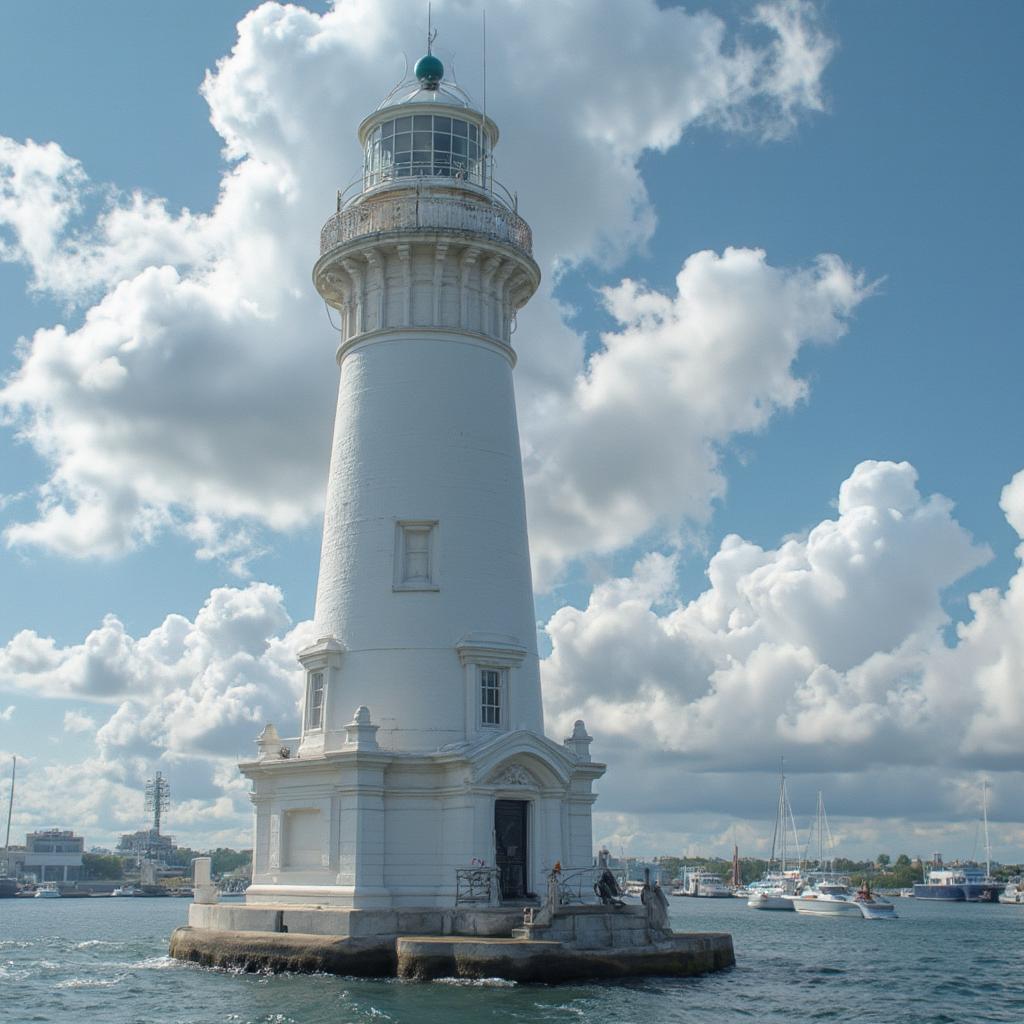
Why These Wonders Endure
The Old Seven Wonders may have been lost, but their legacy continues. They stand as symbols of human creativity, ambition, and engineering skill. These structures tell stories of ancient civilizations, their beliefs, and their advancements. They also remind us of the fragility of human creations and the power of nature. These marvels inspire us to dream big and push the boundaries of what is possible.
Exploring the Modern 7 Wonders
While the Old 7 Wonders have captured the world’s imagination for centuries, the notion of having a “seven wonders” list has persisted into the modern era. The New7Wonders Foundation conducted a global poll in 2007, and a new list of seven wonders of the modern world was selected. These include iconic structures such as the Great Wall of China, Petra, and the Taj Mahal.
The Enduring Appeal of Ancient Wonders
The old 7 wonders of the world names in english continue to intrigue us not just for their historical significance, but also for the questions they raise about our past and potential. They are not just magnificent structures; they are portals to different times and civilizations, each carrying stories that deserve to be remembered and celebrated. The exploration of these wonders allows us to appreciate the incredible achievements of humankind and reflect upon the grand scope of human history. These are not just structures, but timeless tales in stone, metal, and legend.
In conclusion, the exploration of the old 7 wonders of the world names in english takes us on a journey through the most impressive architectural achievements of the ancient world, each with its own captivating story to tell. These wonders, both real and imagined, remind us of the extraordinary potential of human ingenuity and serve as a lasting legacy for generations to come. Continue to explore the many marvels this planet has to offer and let your curiosity be your guide.

